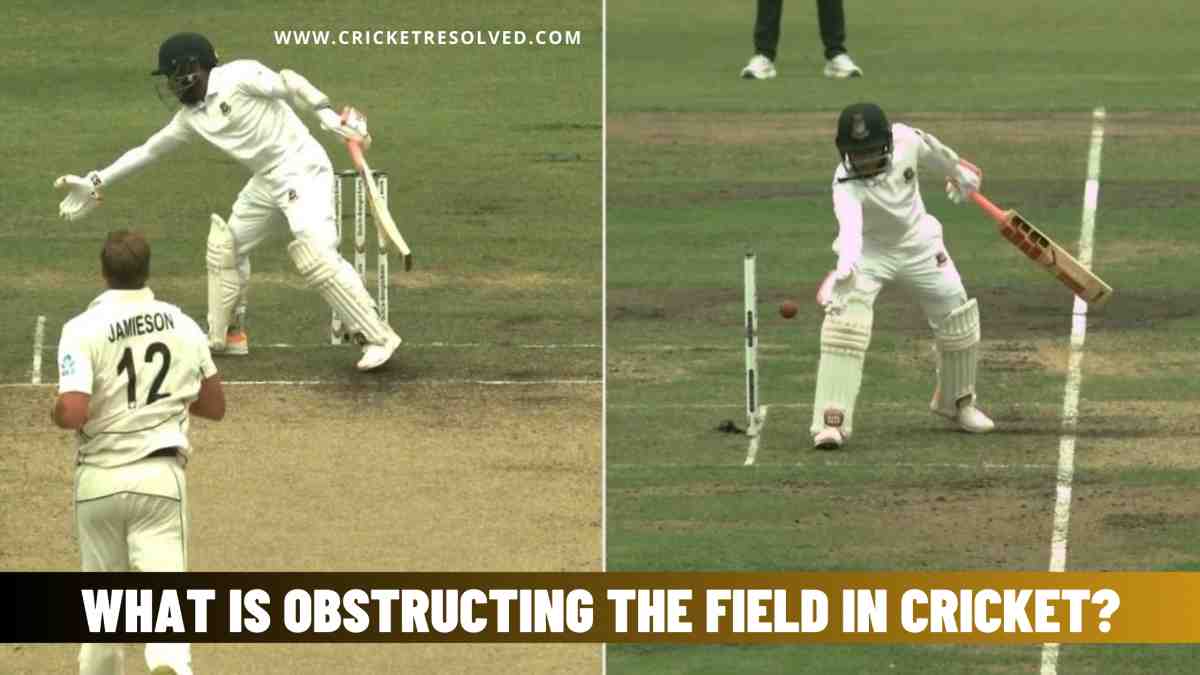
As you know, there are plenty of ways to dismiss a batter in cricket. However, a few types of dismissals happen quite rarely.
One such dismissal is a batter given out for obstructing the field. So, what is obstructing the field, and why is a batter given out in such a fashion?
In this article, we’ll delve into obstructing the field dismissal in cricket.
Obstructing the Field
Obstructing the field dismissal is quite an uncommon occurrence in cricket, with over a dozen instances recorded in men’s international cricket.
Unlike regular dismissals, this dismissal is dependent on the intention of the players involved and how the umpires read the situation.
But before we delve into how a batter can be given out, let’s understand the cricket law surrounding obstructing the field.
According to the MCC laws of cricket, if a batter deliberately tries to create a hindrance for the fielding team, then they can be ruled out.
A batter can be given out for obstructing the field in the following ways:
- Distracting the fielding team
- Striking the ball with hands or body parts, except for the hand holding the bat
- Obstructing the fielder from catching the ball
- Returning the ball to the fielder without consent
This dismissal will stand irrespective of whether the delivery is legitimate or not. This means the batter can be given out even on a no-ball.
Also Read | 15+ Types of No Ball in Cricket that You Should Know!
Now that you know the law, let’s understand it with an example.
Suppose a bowler delivers the ball, and the batter defends the ball with his bat. But then the ball starts moving towards the stumps. and the batter stops the ball from hitting the stumps with his hands.
Since it’s a clear case of protecting the wickets, the batter will be given out for obstructing the field by umpires upon the fielding team’s appeal.
But in some cases, this rule might be overlooked by umpires, depending on the intention.
For instance, a batter comes down the pitch and hits the ball straight towards the bowler. The bowler then immediately throws the ball back, aiming to hit the stumps, but the batter defends it to avoid getting injured.
Now the fielding team can appeal for the dismissal, but the umpires will have the last say by ascertaining the act of the batter. If umpires determine it was accidental, then the batter won’t be ruled out.



Leave a Reply